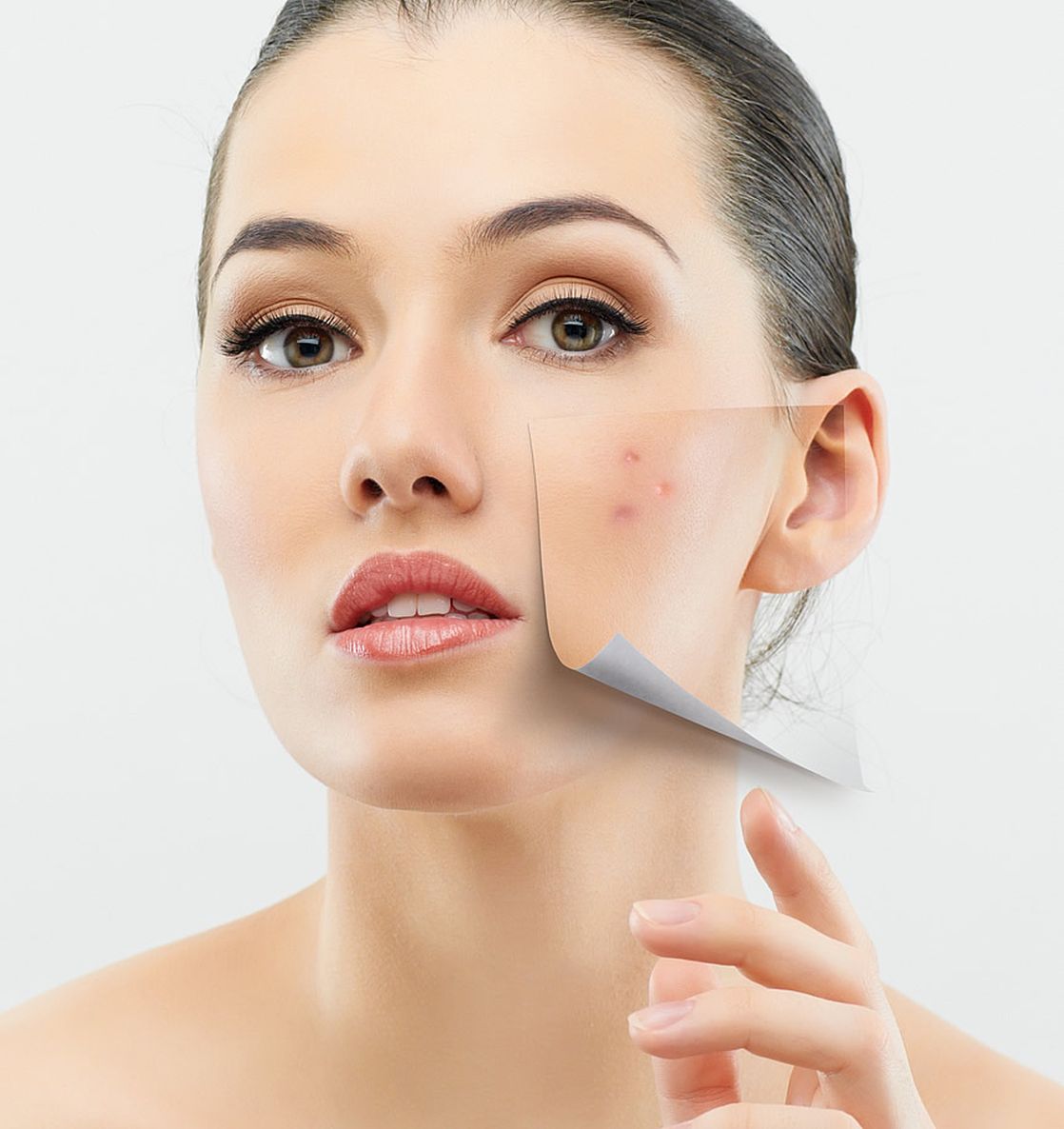Scientists have developed a new gel that could help banish the redness suffered by people with “middle-age acne” or rosacea skin condition in just four weeks.
According to researchers, the gel contains a drug widely used in eye drops to treat glaucoma, the disease that can cause blindness, which works by constricting blood vessels.
When used in the eye, the drug makes blood vessels shrink and reduces pressure that can cause vision problems.
Researchers have reformulated the drug into a gel that can make blood vessels in the surface of skin contract, reducing the red and flushed appearance that many rosacea sufferers endure.

Generally, one in ten adults suffers from middle-age acne, with twice as many women affected as men.
The skin condition actually starts with frequent episodes of flushing, usually in fair-skinned people who are genetically susceptible to rapidly reddening skin.
It has been suggested that rosacea is triggered by a microscopic mite which usually lives harmlessly on the skin.
The mites have been found in higher numbers on people with rosacea, but there remains no proof that they actually cause it.
During flushing episodes, tiny blood vessels quickly dilate, allowing more blood to flow through.
They then relax and return to their normal diameter. But over time, they can become permanently dilated, allowing higher amounts of blood to flow near the skin’s surface. Many sufferers go on to develop spots, especially around the nose.
Eventually, flushing results in leakage of inflammatory cells out of the blood vessels and into the skin.
These inflammatory cells then migrate toward the surface of the skin, resulting in spots.
Many people find the flushing is made worse by triggers ranging from spicy food, to stress, alcohol or cold weather.
Most existing acne treatment regimens for rosacea involve antibiotic creams and gels to control infections on the skin caused by the condition.
Laser therapy can also make the blood vessels shrink and needs to be repeated after a few months.
Scientists at the University of Louisville, Kentucky, used the new gel on 122 rosacea sufferers once or twice a day for four weeks.
Within 12 hours, there was an improvement in redness, according to results published in the British Journal of Dermatology.
